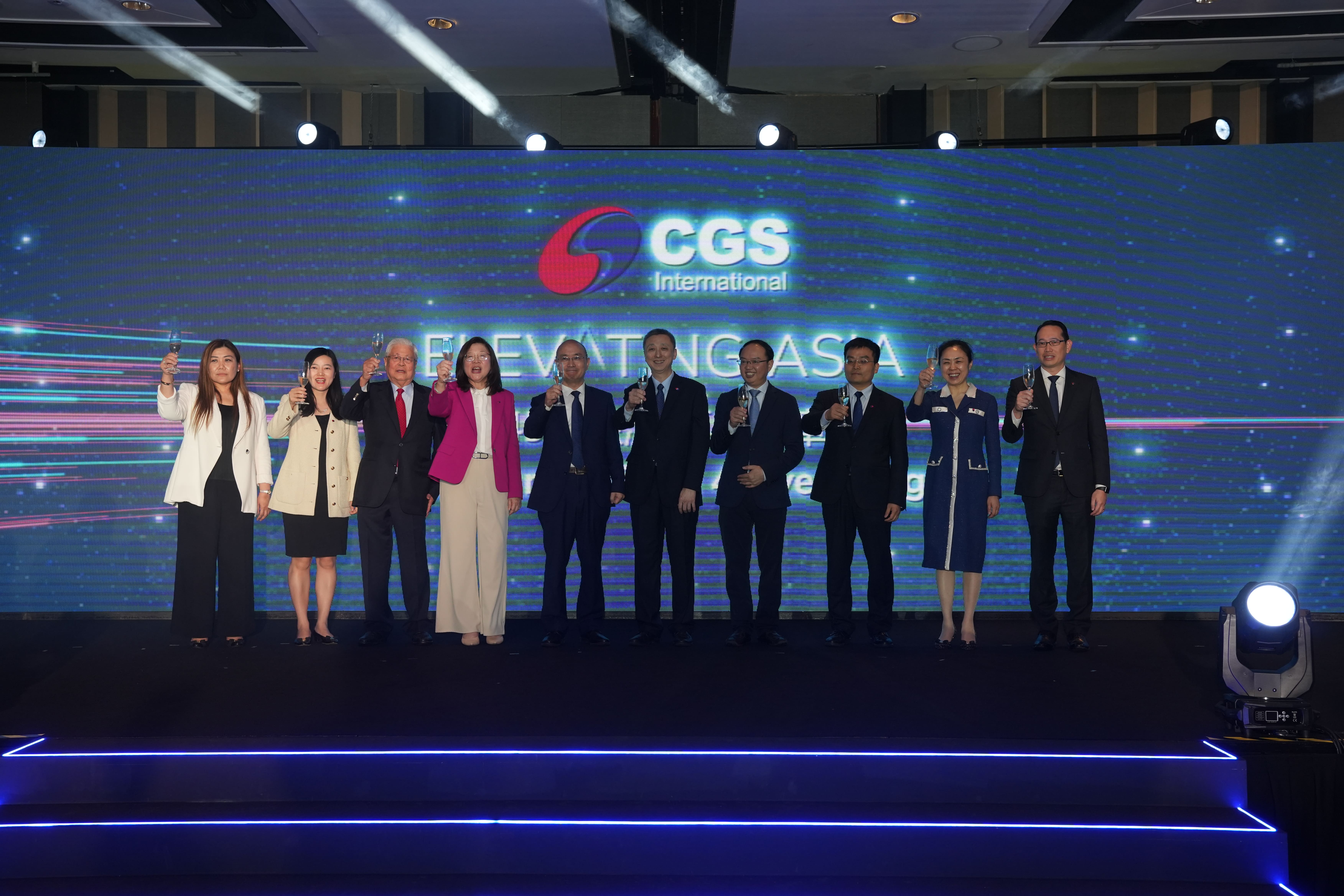As countries ramp up efforts to achieve net zero in the fight against climate change, regulations around emission disclosure are being put in place. Compliance, however, could be an arduous and costly task. Companies now have to measure not only the greenhouse gas (GHG) emissions from their main operations but also those contributed by the entire value chain.
Under the emerging standards, GHG emissions are normally categorized into three main groups. Scope 1 covers direct emissions from owned or controlled sources. Scope 2 includes indirect emissions from the use of electricity, steam, heating and cooling. Scope 3 refers to indirect emissions across a company’s value chain.
Many companies are now taking stock of their Scope 1 and Scope 2 emissions, but the inclusion of Scope 3 analysis, a measurement of the company’s supply chain emissions, has led to concerns that the complex methodology may not serve its intended purpose.
In March the US Securities and Exchange Commission (SEC) proposed that listed companies include details on emission goals and climate strategies in their annual reports, explaining that such disclosures are important for investors to make informed financial decisions.
Pushing back
The move has drawn wide attention from affected companies and asset managers. BlackRock, one of the world's biggest asset managers and a leading member of the Task Force on Climate-Related Financial Disclosures, has pushed back at the proposal.
“As investors, we use Scope 3 emissions as a proxy metric (among others) for the degree of exposure companies have to carbon-intensive business models and technologies. However, we do not believe the purpose of Scope 3 disclosure requirements should be to push publicly traded companies into the role of enforcing emission reduction targets outside of their control,” the asset manager says in a letter.
“Given methodological complexity for Scope 3 emissions and the lack of direct control by companies over the requisite data, our investors believe the usefulness of this disclosure varies significantly right now across industries and Scope 3 emissions categories.”
While large corporations, especially those in the technology, media and telecom (TMT) sector, can meet the regulation with some degree of ease, the extra costs incurred in the process make it difficult for smaller firms to keep up.
“If we adopt a sustainability-linked framework to the financing products for local corporates, it will involve a lot of work from third-party assurance to accounting and auditing. It is still something that the local corporates are deciphering,” a banker specializing in Islamic finance tells The Asset.
The limited scope of data coverage, index reference and benchmarks for small and mid-cap companies has also left many asset managers high and dry. “It is an ongoing challenge in the industry,” an asset manager tells The Asset. The challenges lie in data consistency, correlation and coverage. Regulations are expected to foster standardization, and as such, data will be increasingly regulation-aligned, he adds.
Credible figures
Carbon accounting, a methodology used to estimate the volumes of GHG emissions, provides credible and accurate measurement figures to businesses. The Greenhouse Gas Protocol Corporate Standard is one of the most commonly used corporate accounting and reporting standards. For more specific measurements, the Greenhouse Gas Protocol Corporate Value Chain (Scope 3) Standard and Product Standard are also widely adopted.
Many corporates are already setting sustainability goals and adopting carbon accounting.
Some corporates, such as Meta and New World Development, have aligned their GHG reduction goals with the Science Based Targets initiative. “Targets are considered ‘science-based’ if they are in line with what the latest climate science deems necessary to meet the goals of the Paris agreement – limiting global warming to well below 2°C above pre-industrial levels and pursuing efforts to limit warming to 1.5°C,” according to the initiative.
The targets have also been incorporated into sustainability-linked market instruments to demonstrate corporate decarbonization efforts. In 2020 luxury brand Chanel issued a sustainability-linked bond, pledging to reduce Scope 1 to 3 emissions and shift to 100% renewable electricity in their operations. The targets have been approved by the Science Based Targets initiative.
In the broader scheme of things, there is a need to break the link between emissions and GDP. “Carbon emissions grew by 6% in 2021, the same rate as world GDP. This was the first time since 2010 that the carbon intensity of GDP failed to improve at the global level and occurred despite further gains in global energy efficiency,” the rating agency says in a research report.
As corporates and financial institutions share the bulk of responsibility of decarbonization, it is essential that emission standards and regulations take into account their concerns and capabilities to ensure that the climate goal is within reach.









